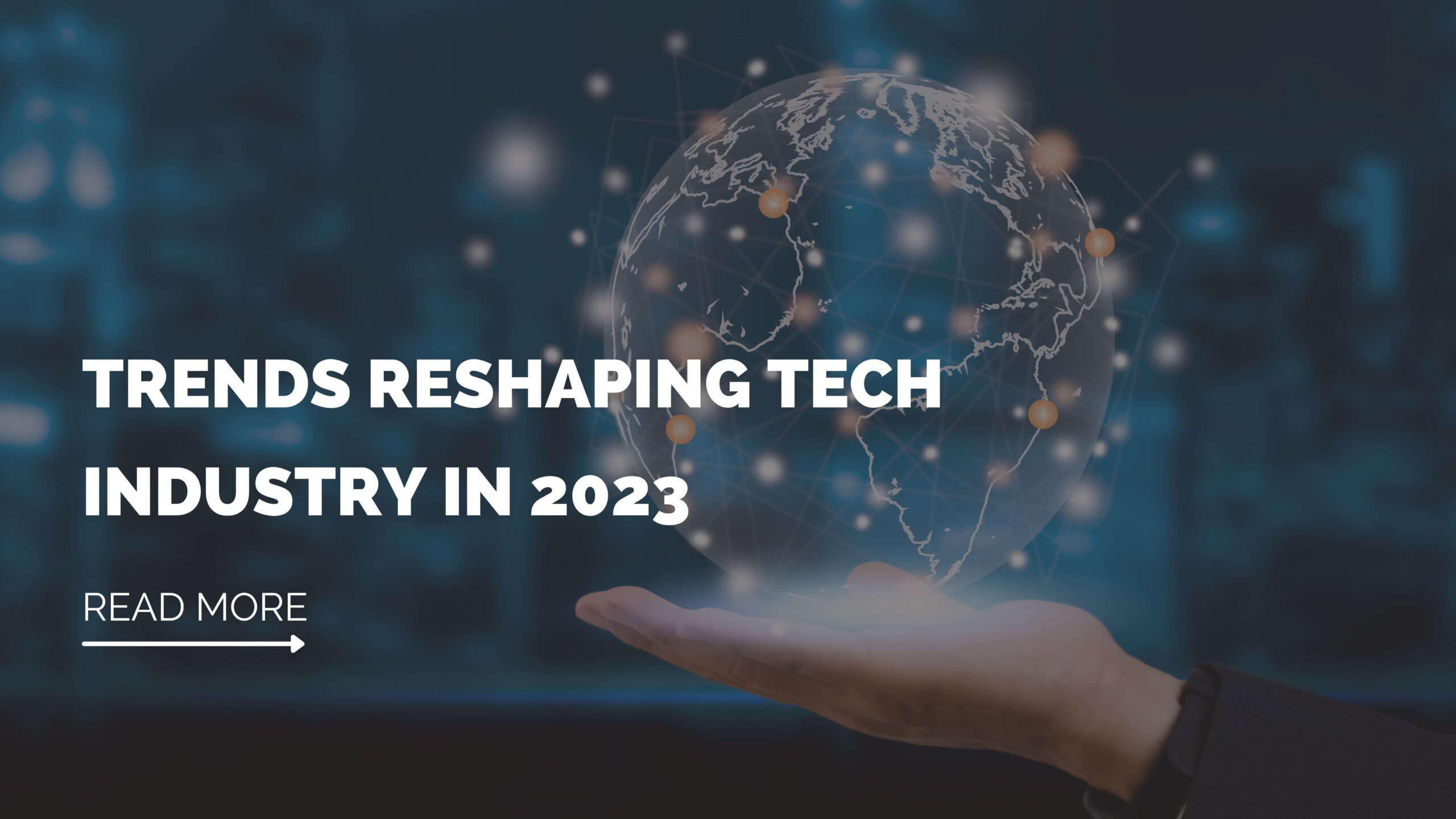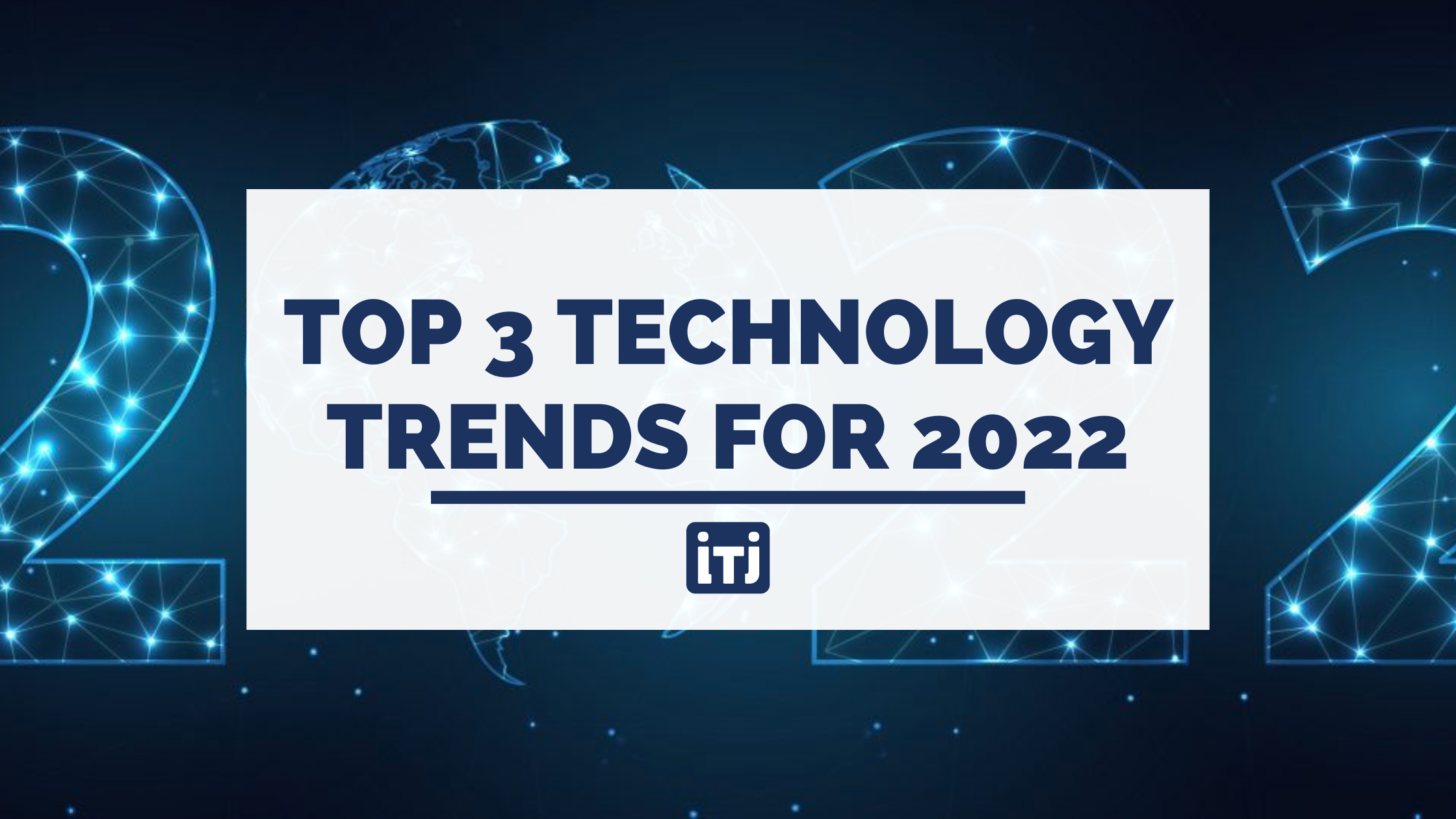Many organizations had anticipated that the post-pandemic growth would continue in 2022. Instead, they experienced a harsh awakening due to broad increases in inflation, energy shortages, and the decline of the tech sector.
Due to this challenging economic landscape, it is an excellent moment to modify how we conduct business and a pivotal time to adopt new technological solutions that aid organizations in navigating these times and utilizing them as a competitive advantage.
We examine the technological changes that will impact business in 2023 and recommend that you keep up with them.
6 Technology Trends Reshaping 2023
1. AI and Security Everywhere
Securing the data transmitted across smart grids will be one of the important themes for 2023, closely related to IoT devices. Companies will prioritize enhancing these gadgets’ security capabilities, and artificial intelligence will play a key role in this effort.
With the development of 5G, more gadgets will be able to connect, and communications will be faster. AI and machine learning enable decision-making processes to be swiftly automated and enable the creation of patterns from incomplete or altered data, bringing a more proactive approach to security solutions.
The algorithms gain knowledge from reliable threat data, which enables them to identify risks more quickly, achieve a low margin of error, foresee potential threats, and assist cybersecurity professionals in developing stronger policies.
2. Wearable Medical Devices
By 2023, more people will be using wearable technology to check their personal fitness and health and monitor patients from a distance. The IoMT (Internet of Medical Things) has grown quickly in recent years from basic monitoring devices for vital signs like heart rate and blood oxygen levels to smartwatches with ECG capabilities, smart textiles that can detect blood pressure and foretell the likelihood of heart attacks, and smart gloves that can lessen Parkinson’s disease patient’s tremors.
In addition to physical sickness, there is an increasing focus on creating wearable technology that is able to track and identify symptoms of mental illnesses. We may soon start to see medical wearables including some of this capability, as research published this year demonstrated how physical indications like activity levels, sleep patterns, and heart rate may be used to determine when people may be at risk of depression.
3. Internet of Behavior (IoB)
A new communication protocol and ecosystem called the Internet of Behavior (IoB) are being created to make it possible to track, manage, and model human behavior. In essence, it’s an expansion of the Internet that will enable technology to respond to human emotion by observing how users interact with their digital tools. It could be applied in professional contexts as a means to track and comprehend the client experience.
This technology will enable companies to more accurately predict client behavior, making it one of the newest trends in software development.
IoB makes use of applications, sensors, wearables, and other tools to gather information about how users interact with their devices and turn that information into useful business data. The technology has been released gradually over the past few years, and some reports claim that by 2030, it will be worth $2 trillion.
4. Virtualizing the Clinical Trial
The path to commercialization for potentially life-saving medications and therapies is steep.
A successful medicine takes 10+ years and $2.6B on average to study, develop, and commercialize. A new method of cutting costs and speeding up timelines while minimizing the danger to human or animal test subjects is the silico trial, which uses computational models to predict how a medicine, medical device, or intervention will influence a virtual population.
Although the technology is still at an early stage, medical devices and pharmaceutical companies have recently begun to employ it more frequently.
5. Development of Autonomous Systems
Business leaders will keep developing autonomous systems, notably in the delivery and logistics sectors. Many warehouses and factories have already attained partial or complete autonomy.
By 2023, more autonomous cars, ships, and delivery robots will be on the road and more automated factories and warehouses.
6. Growth of Python
Python is a language that may be used for any type of modern development. This language is applied for web development, mobile development, or enterprise projects. Indeed, python’s capacity to enable performing sophisticated mathematical operations, data analysis, machine learning, and neural network construction sets it apart from other universal languages.
After Java and C, the language is now ranked third in terms of popularity. Its growth rate is incredible; the demand for the language doubled. Additionally, Python doesn’t take long to learn and may be used for very complicated projects by programmers with higher degrees of expertise.
To sum up, businesses that are focused on innovation and quickly adopt new technologies stand out from the competition when times are rough. Nothing will change in 2023. Businesses that are prepared to try out new technologies and invest in building infrastructures to support these experiments without putting customers at risk will succeed.
About ITJ
ITJ is devoted to serving fast-growing and high-value market sectors, particularly the Internet of Medical Things (IoMT), working with innovative medical device companies looking to improve people’s lives. With a unique BOT (build, operate, and transfer) model that sources only the best digital talent available, ITJ enables companies in the US to create technology centers of excellence in Mexico. For more information, visit www.itj.com.

